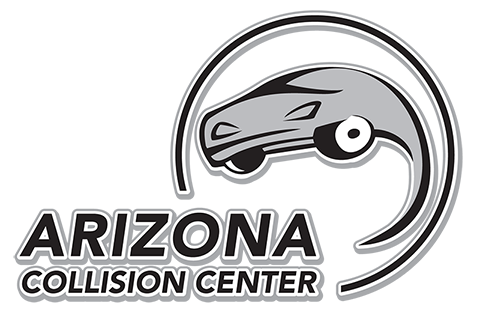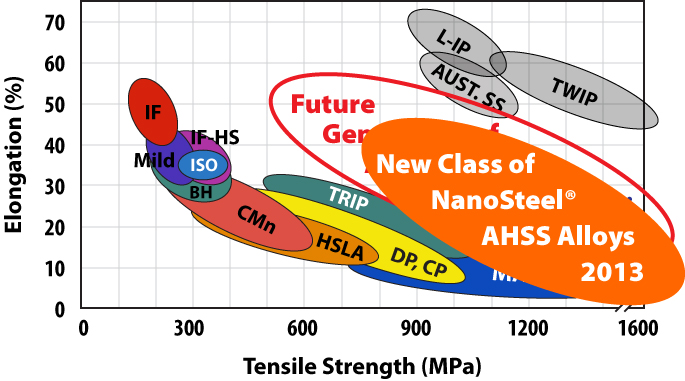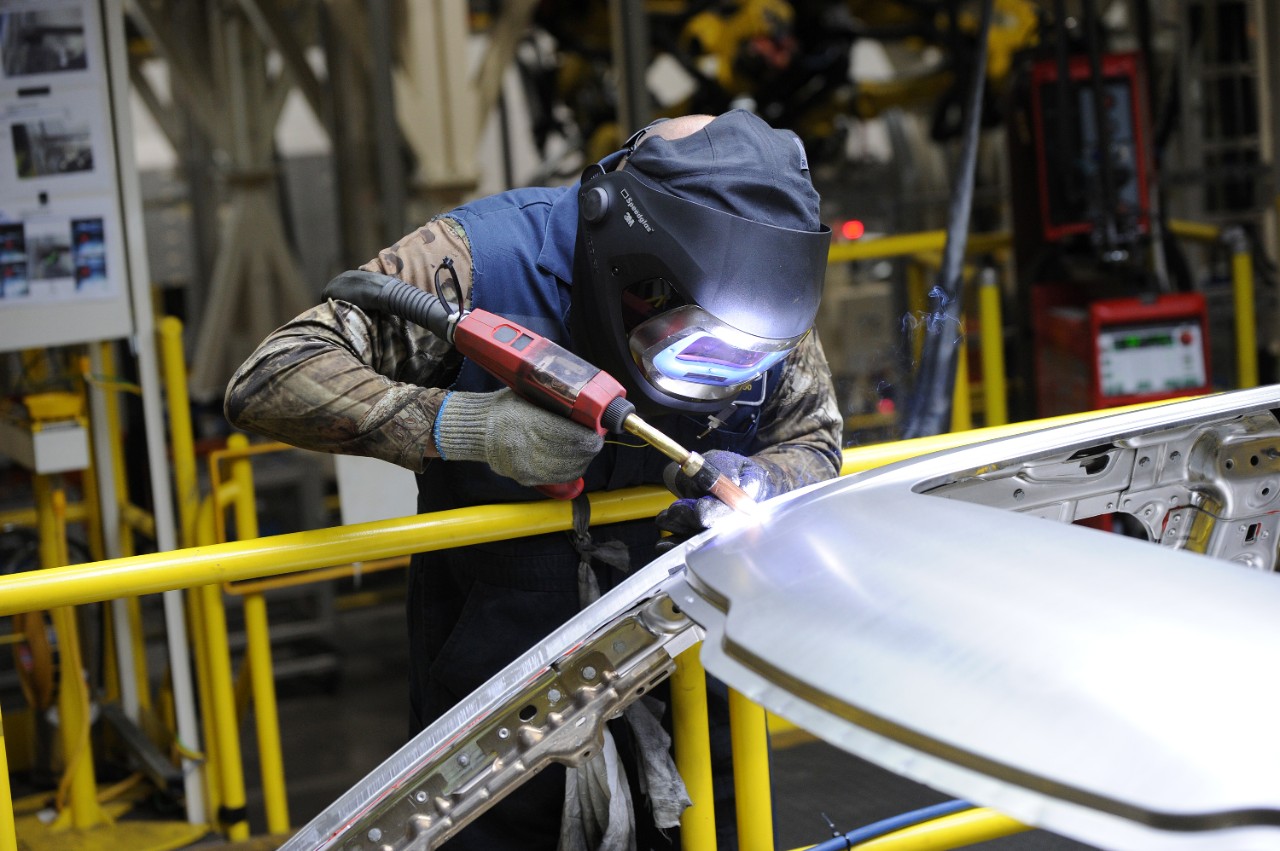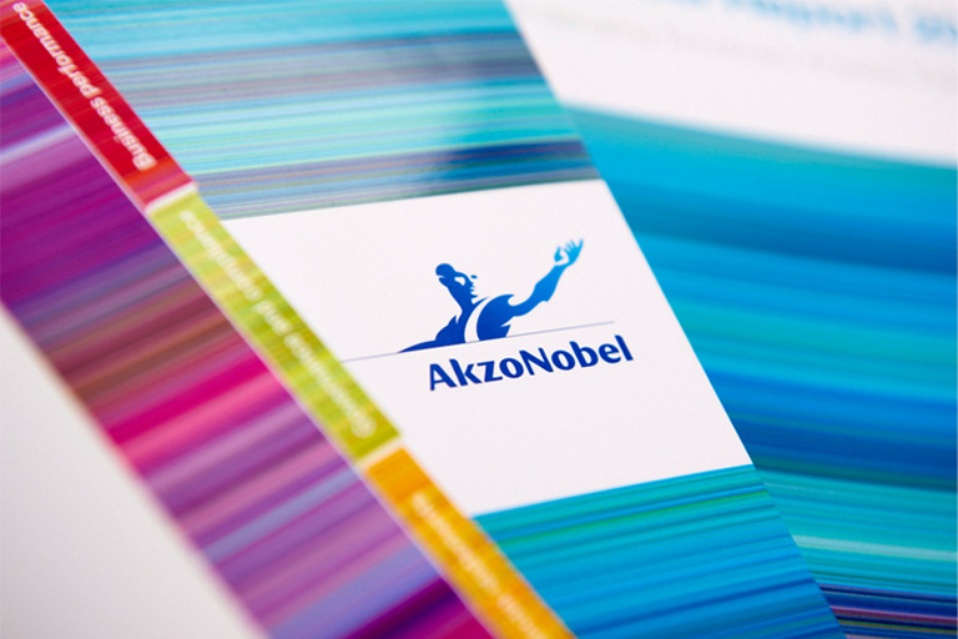Tempe Auto Body Reviews High Strength Metals
In previous blog posts, Arizona Collision’s Tempe auto body shop has reported on the rising use of high-strength metals in vehicle manufacturing. The move from a traditional all-steel vehicle to one that combines steel with materials of a much lighter weight shows how the auto industry is not only progressing with the times as consumer needs shift but also presents some challenges to collision repair shops like ours. However, shops are under increasing pressure to adjust to these new materials and other changes if they want to stay in business because it seems that high-strength metals may soon become the norm for vehicles.
ABOUT HIGH-STRENGTH METALS
Perhaps one of the more popular high-strength metals that our Tempe auto body center has seen hit the market is aluminum alloy, which is often referred to as military-grade aluminum. The lightweight, highly durable metal met an impressive introduction earlier this year when Ford announced their new line up of F-150s would consist of aluminum rather than the traditional, heavier steel. By introducing the metal through the iconic pickup with a tough image, these high-strength metals are starting to show their lasting prominence in the auto industry.
Other metals Arizona Collision’s Tempe auto body shop has commonly seen being used in vehicle manufacturing are high-strength steels, which present a nice transition from the traditional. Four different forms of these steel materials exist and most are blends of iron and hard metals that create a lightweight yet durable finished product. One example is dual-phase steel, a blend of ferrite iron and martensite iron with nickel, carbon, manganese, and chromium. The two iron materials create the base formula of a pliable yet exceptionally hard metal while the additional metals increase the strength of the steel for safe vehicle use.
CONSUMER BENEFITS AND COSTS
So, why the move to these high-strength metals for future vehicles? Other than creating an incredibly strong product that can better withstand damage, these new metal blends also help create a vehicle that weighs far less and has better fuel economy than traditional American vehicles. Our Tempe auto body shop sees it every day: Americans still want a large vehicle outfitted with features, a vehicle that can easily become too hefty quickly. Yet, when a vehicle is composed of a lightweight frame and body yet still possesses all the bells and whistles consumers expect, it creates a much more desirable vehicle for everyone.
Our Tempe auto body shop knows that having such perks for your vehicle comes with a price, though. In this case, that means added costs for both maintenance and repair. Although plenty of collision repair shops have slowly started working with these high-strength metals, many technicians still need to undergo training and certification to work with these new materials, in addition to purchasing new equipment and tools for the repair work. Since aluminum and the high-strength steel require different techniques and, at times, slightly longer repair times, it could translate into higher repair costs for consumers, at least initially. However, as more shops and technicians become more confident in working with these materials, consumers should soon see more of the reasonable prices they expect.






No Comments
Sorry, the comment form is closed at this time.